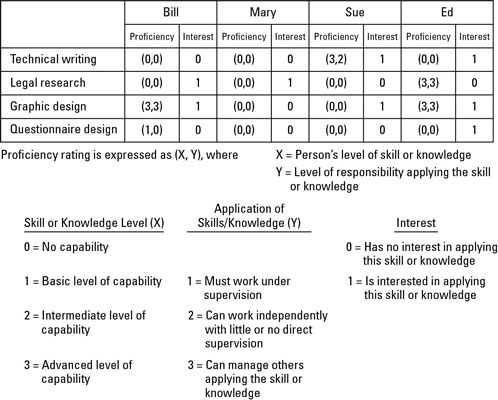Get more good stuff.
Employee Retention
According to the a Hay Group News Release, global average employee turnover rates are predicted to rise from 20.6 per cent in 2012 to 23.4 per cent by 2018.
Turnover is time consuming and costly.
A lot of time and money is spent finding the right person for a particular position. Once hired, additional time is spent on training. Typically after a few months, your newly hired employee will begin to make contributions to your team.
What can be done to keep great employees on your team?
Driving the Bus
While there are numerous methods for employee retention, let’s focus on the importance of utilizing employee skills.
 Bestselling business and leadership author Jim Collins wrote “Good to Great: Why Some Companies Make the Leap… and Others Don’t”. The entire book is a great read, but one of my favorite sections is entitled “First Who, Then What”.
Bestselling business and leadership author Jim Collins wrote “Good to Great: Why Some Companies Make the Leap… and Others Don’t”. The entire book is a great read, but one of my favorite sections is entitled “First Who, Then What”.
Collins maintains that in order to be successful, you need a great team. People are essential to making your organization excel.
Think of your organization as a bus. The leader, or driver, of the bus has the following responsibilities:
- Get the right people on the bus
- Get the wrong people off the bus
- Make sure the right people are in the right seats
- Get people to stay in their seats
- Know where the bus is going
- Know when to look in the mirror
- Commit to getting the bus to its destination
- Provide resources to ensure trip’s success
This analogy paints a clear picture of the importance of people within your organization. Highlighted in bold are specific areas related to best utilizing employee skill sets. Understanding and utilizing your employees’ skills adds value to your business; a cornerstone of the Lean methodology.
When someone is sitting in the “right seat” they are doing what they are good at, what they have training for, and they are contributing to the best of their ability. This is a major component to job satisfaction.
It is also important to make sure that people “stay in their seats”. When a skilled employee is put into another position to fill an open gap, this creates inefficiencies and dissatisfaction as the employee’s best skills and abilities aren’t being utilized.
Think of a doctor taking time away from patients to schedule an appointment or perform a blood draw. This is not very efficient and doesn’t provide a great amount of satisfaction for the doctor
Skills Matrix
A tool that helps to define both employee skills and interests the skills matrix. This example, courtesy of Wiley and Sons, is a basic skills matrix.

For the knowledge areas on the left, consider using job descriptions and populate key criteria here. Maybe an employee is performing well in one position, but has skills and interests to grow into another position. At a minimum, this tool encourages discussions with your employees and understanding what motivates them; something that is good for the whole team.
With a commitment to “driving the bus”, helping people “find their seats” and “stay in their seats”, employee retention can be improved.

